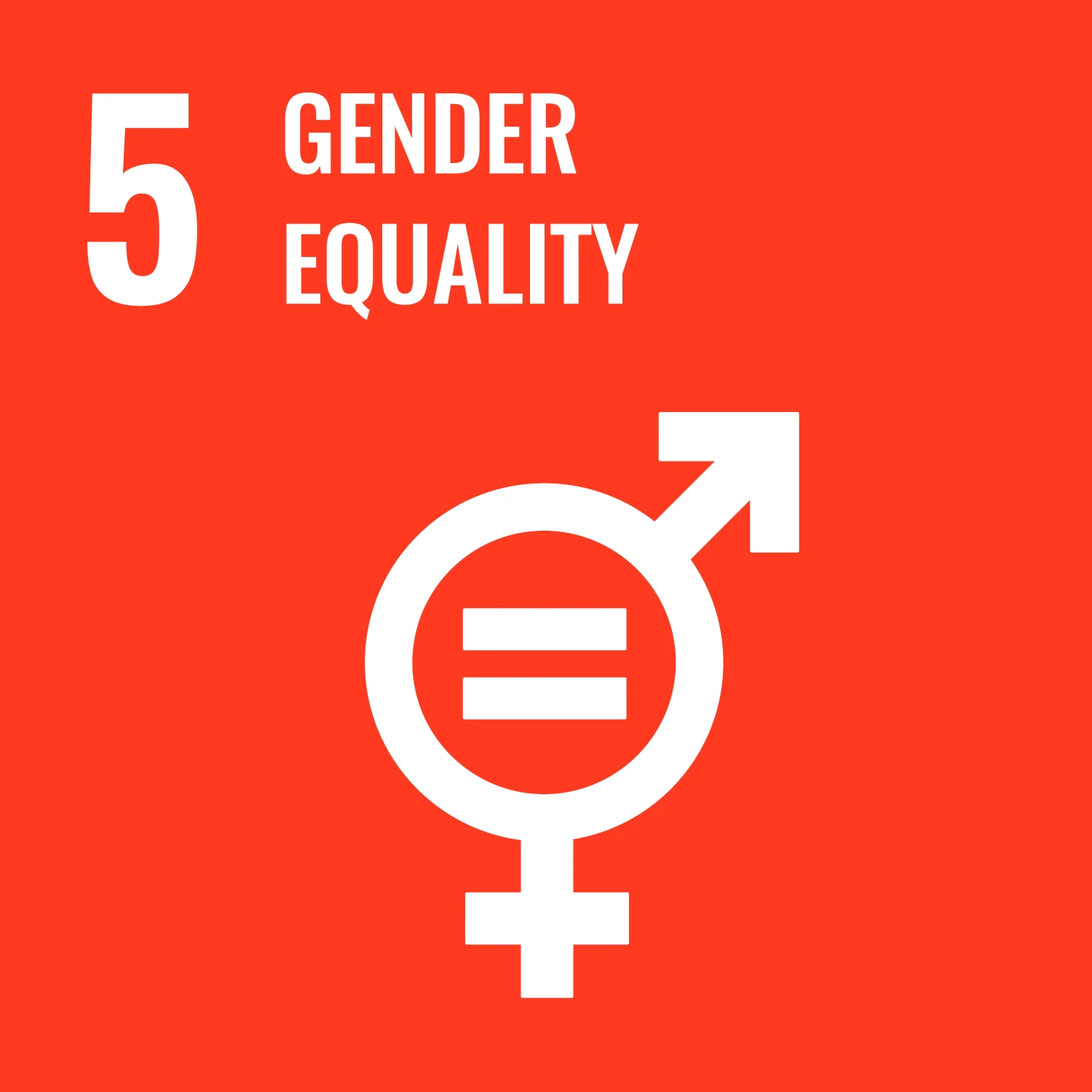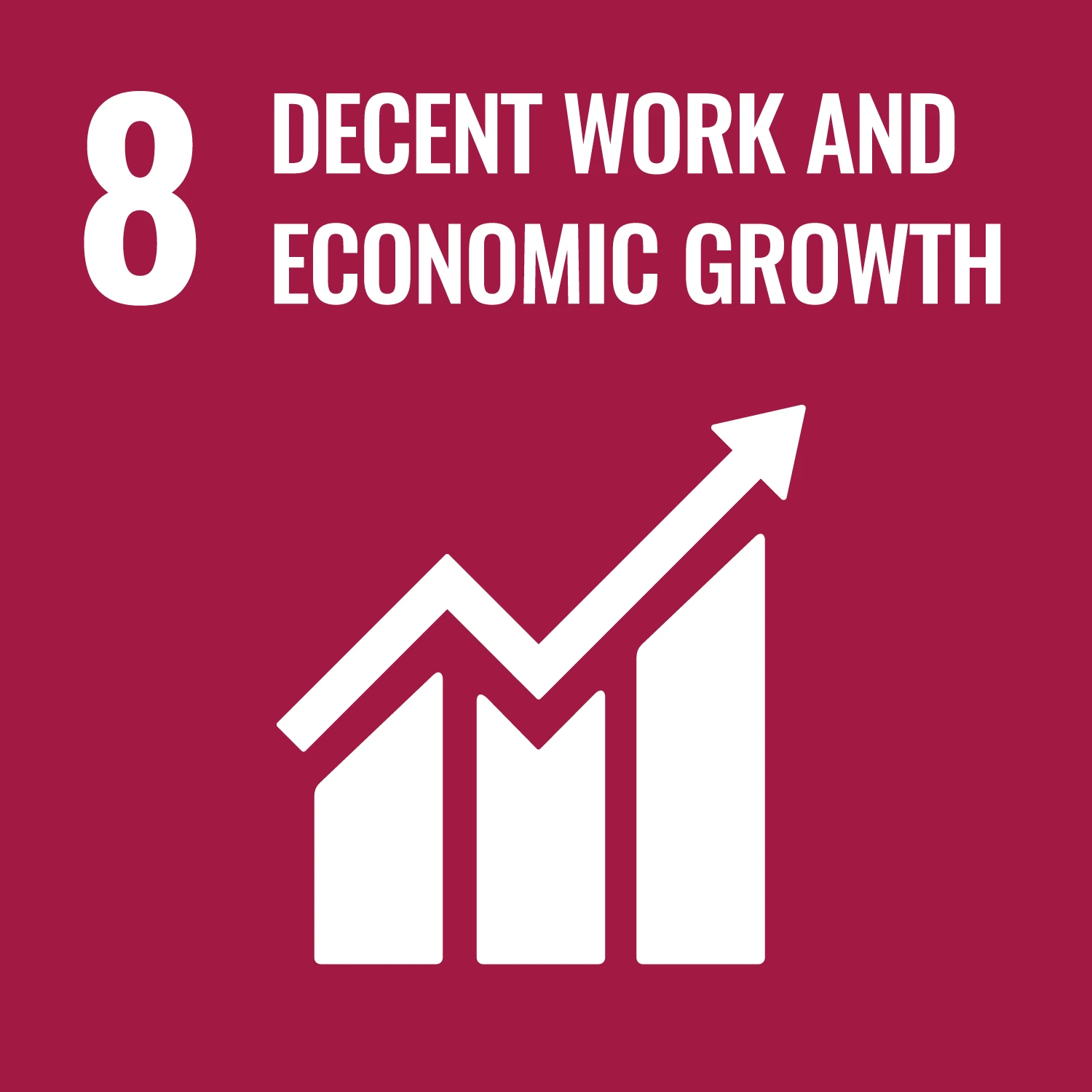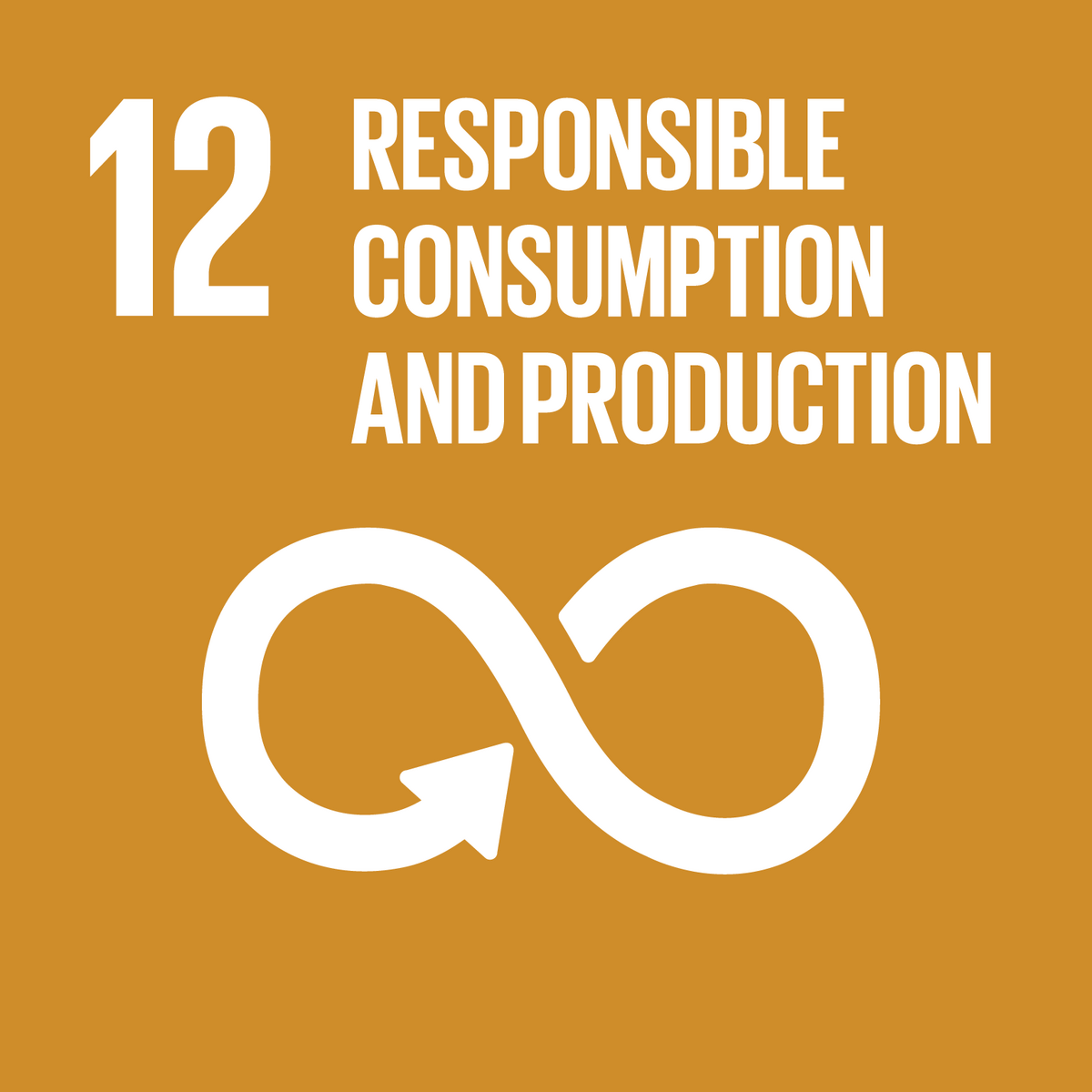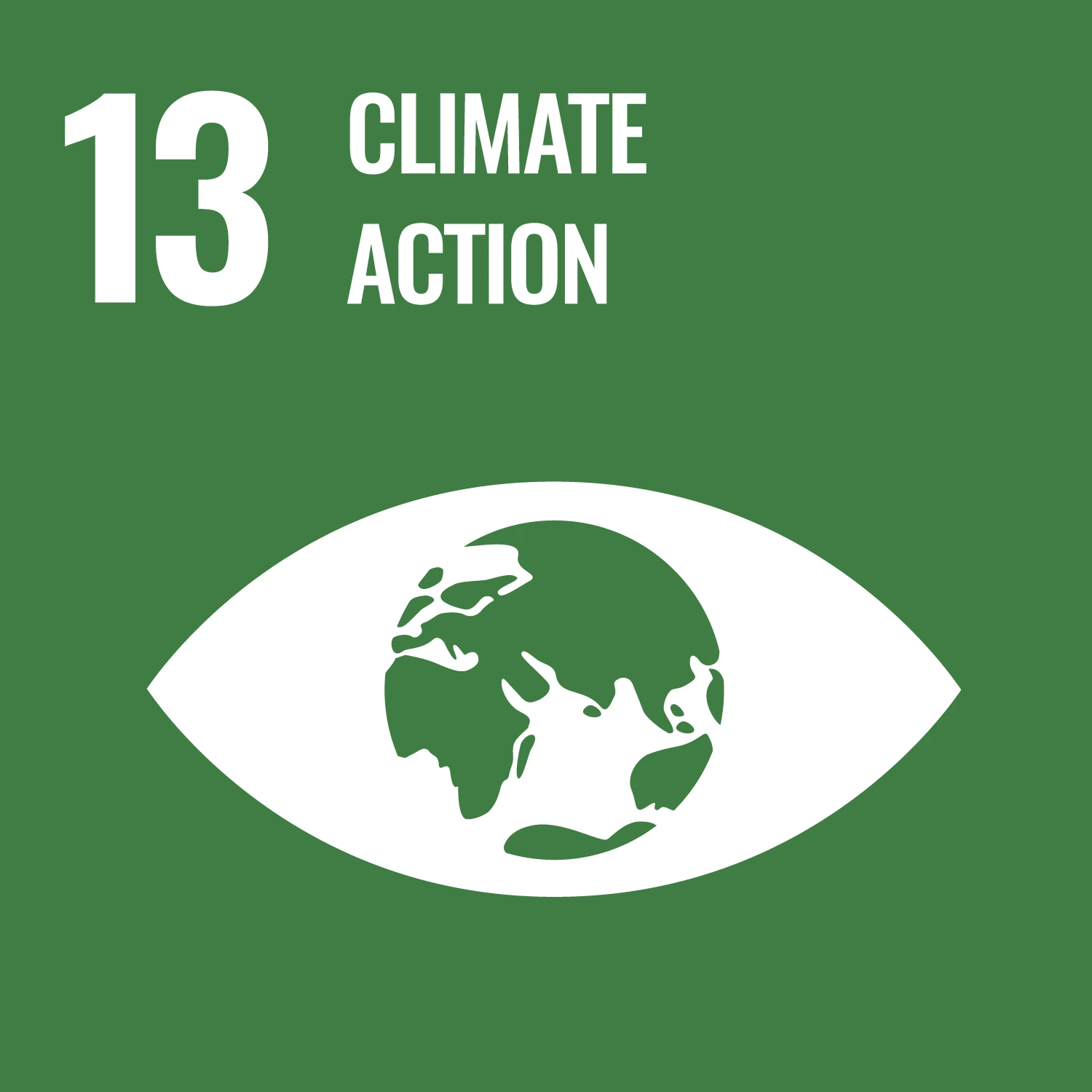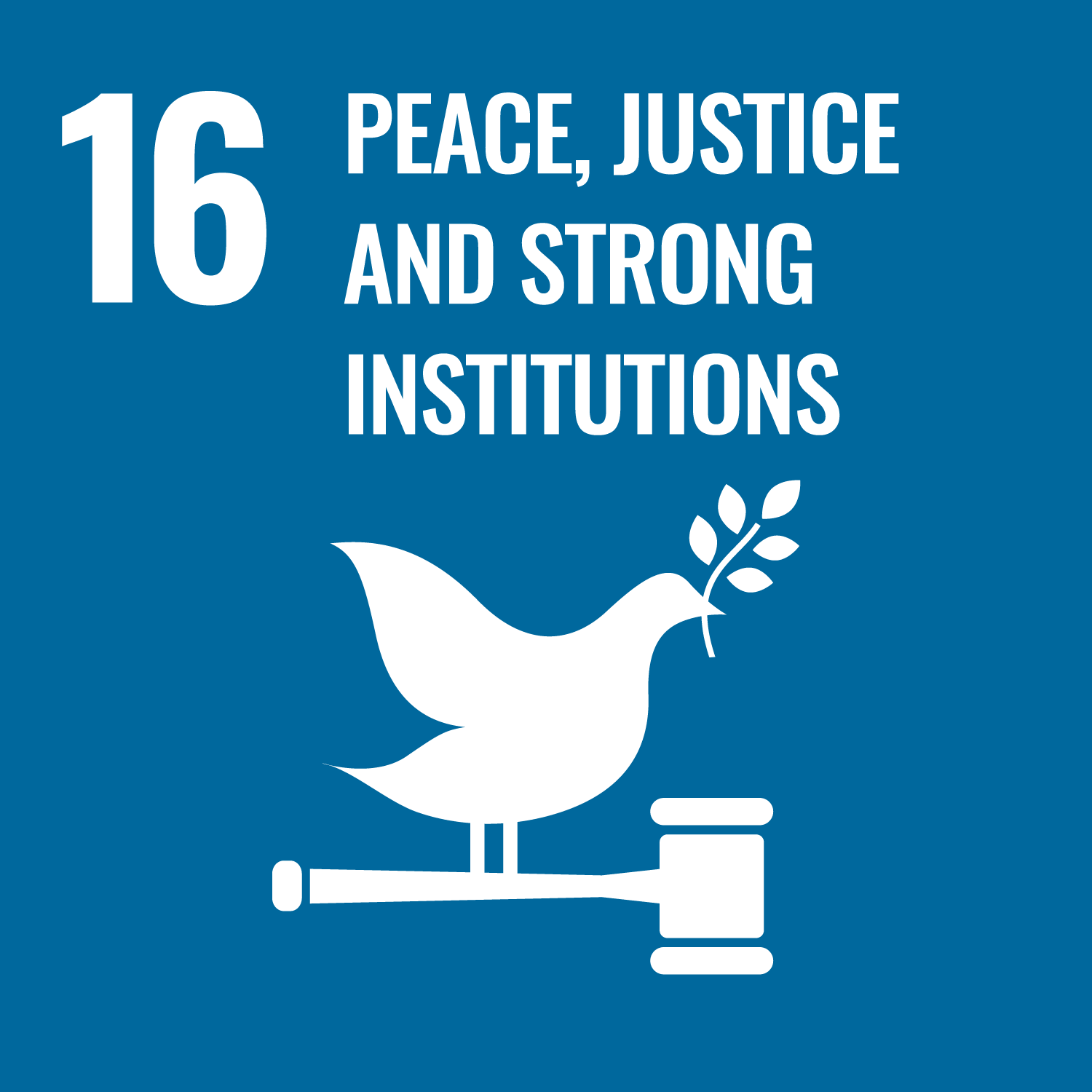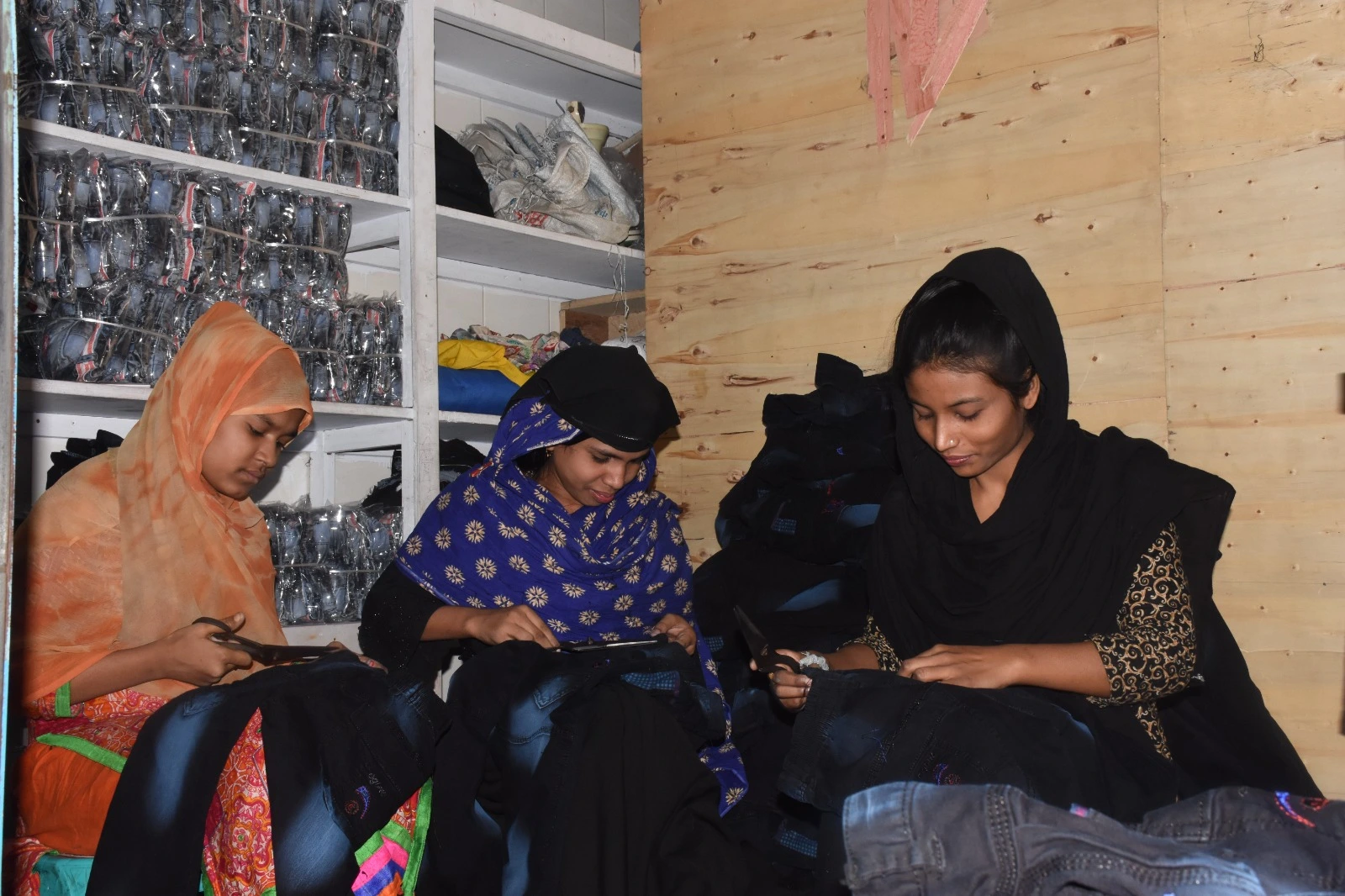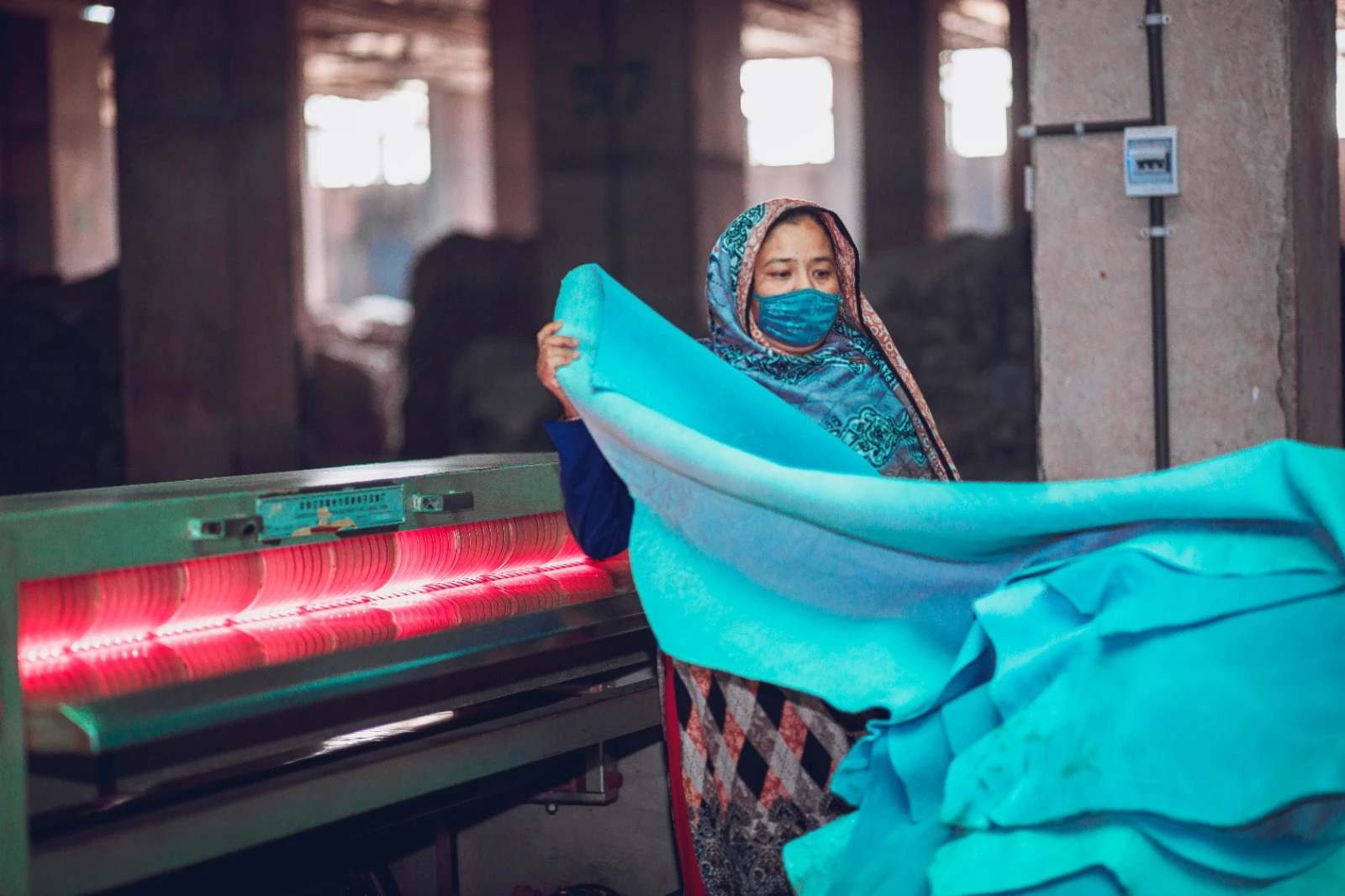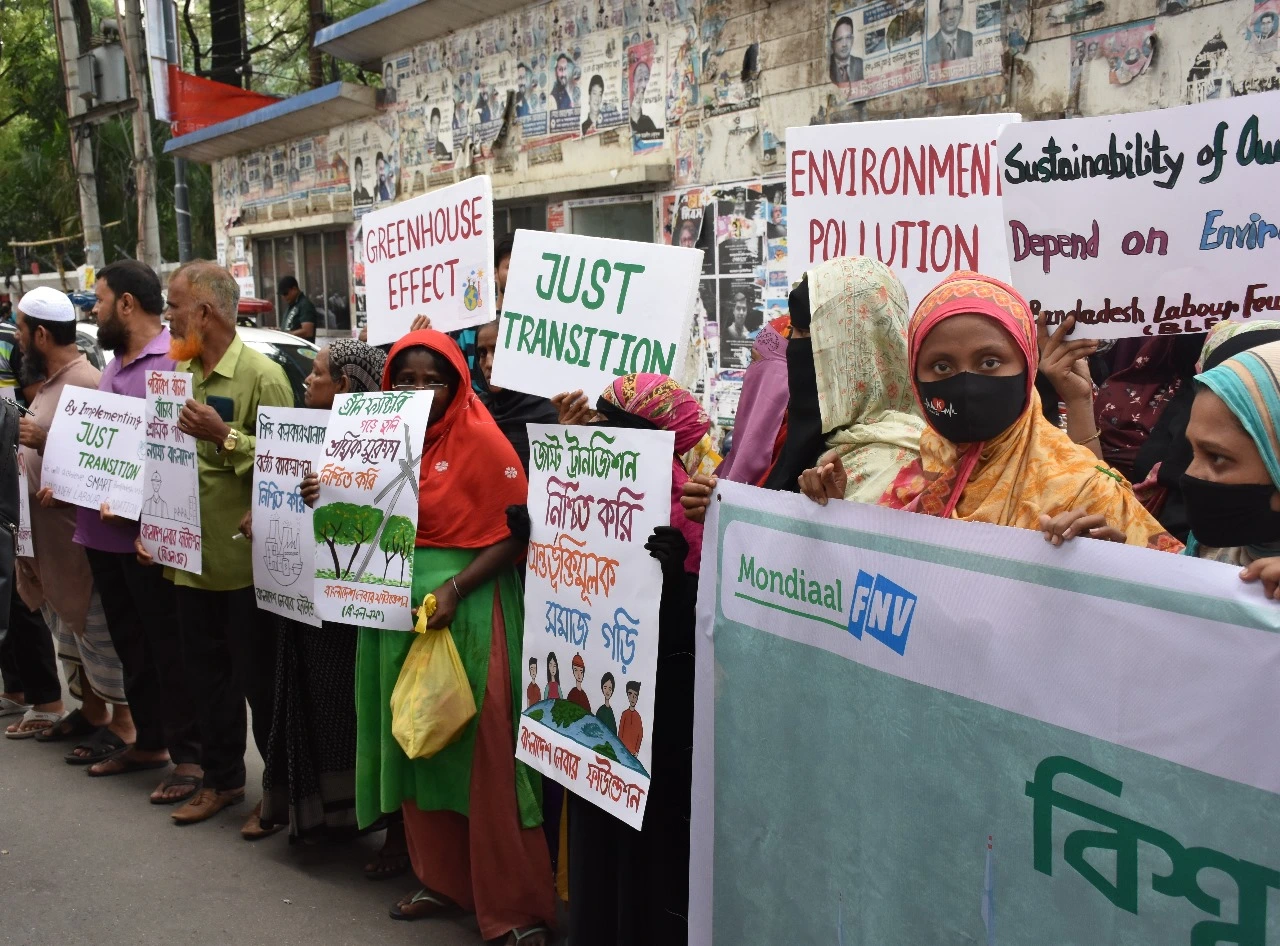The leather industry is one of Bangladesh’s oldest and renowned sectors. Since 1960s, it has grown on a large scale. Known for producing high-quality leather and leather goods, the sector has become the second largest export-earning industry in the country. A significant portion of leather and leather products are exported, including crushed leather, finished leather, leather items and footwear. It plays a pivotal role in industrial diversification, job creation and foreign exchange earnings, thanks to its considerable growth and investment potential. It contributes $1.4 billion to the nation’s economy overall, accounting for 0.5% of GDP and 4% of all exports (EPB, Bangladesh Bank, 2023). Additionally, the leather sector has grown significantly; in the first half of the fiscal year 2024-25, exports increased by more than 30%. In the last half of the fiscal year, exports of leather and leather items increased 10.44% to $577.29 million according to The Daily Star (25 January, 2025). The leather sector is labour-intensive and has horizontal ties to the RMG industry, it offers Bangladesh a promising path to further participation in the Global Value Chain (GVC). Hence the Government of Bangladesh has set a goal of 12 billion dollars in leather exports by 2030.
Projects
Establishing an effective Social Compliance platform and ensuring Labour Standards for workers towards to achieve LWG certification in the Leather value chain in Bangladesh
Development Partner
Mondiaal FNV
Location
Savar, Dhaka
Duration
July, 2023 - December, 2025
Overview
The leather industry is one of Bangladesh’s oldest and renowned sectors. Since 1960s, it has grown on a large scale. Known for producing high-quality leather and leather goods, the sector has become the second largest export-earning industry in the country. A significant portion of leather and leather products are exported, including crushed leather, finished leather, leather items and footwear. It plays a pivotal role in industrial diversification, job creation and foreign exchange earnings, thanks to its considerable growth and investment potential. It contributes $1.4 billion to the nation’s economy overall, accounting for 0.5% of GDP and 4% of all exports (EPB, Bangladesh Bank, 2023). Additionally, the leather sector has grown significantly; in the first half of the fiscal year 2024-25, exports increased by more than 30%. In the last half of the fiscal year, exports of leather and leather items increased 10.44% to $577.29 million according to The Daily Star (25 January, 2025). The leather sector is labour-intensive and has horizontal ties to the RMG industry, it offers Bangladesh a promising path to further participation in the Global Value Chain (GVC). Hence the Government of Bangladesh has set a goal of 12 billion dollars in leather exports by 2030.
The relocation of the tanneries from Hazaribagh to Savar was believed to solve a number of longstanding problems. However, various important concerns were regrettably ignored. The relocation of tanneries to the Tannery Industrial Estate (TIE) highlighted significant challenges in worker accommodation, medical facilities, and environmental compliance. The Central Effluent Treatment Plant (CETP) remains partially functional, leading to the stigmatization of Bangladeshi leather in global markets and a sharp decline in production and exports since 2017. Apart from these workers face precarious employment with no formal agreements, benefits, or safety measures, and women lack maternity leave. Poor handling of harmful chemicals and inadequate safety standards expose workers to health risks like diseases of the skin and lungs, headaches, diarrhea, and fatigue, while smaller factories often fail to provide clean drinking water or gender-sensitive facilities. Along with this situation the Tannery Workers Union (TWU) is still weak in condition and facing a number of problems that gradually became more challenging for sustainability of the union.
Objectives
- Ensuring a decent workplace in the Savar Tannery Industries by implementation of National Plan of Action (NPA) to ensure Social Compliance that leads to achieve LWG Certification and increase export in the Leather Industry of Bangladesh through effective social dialogue and advocacy.
- Establishing Social Compliance through the implementation of National Plan of Action (NPA) with engagement of Government, Employers and Associations.
- Strengthening Trade Union (TU) through youth leadership development and organize the ununionized factories.
- Developing Decent Workplace through acceptable OSH practices by the factory owners, staffs and workers.
- Ensuring Gender Based Violence free women workers friendly working environment in the tannery factories.
Outcomes
- Ensured social compliance and effective monitoring system within factories through taking initiatives by the Employers’ Associations to force and motivate factory owners.
- Developed youth and women leadership in the TU mainstream leadership process and capacitated TWU, Youth and Women Leaders on Leadership skill, Negotiation and Collective Bargaining.
- Enhanced knowledge and awareness of factory workers, supervisors, dedicated staffs and TWU on OSH, Chemical Safety and Decent Workplace, and capacitated them on in-house waste management and Safe Chemical storage and maintenance.
- Prolonged knowledge and understanding of male/female workers and TWU leaders on GBV and Sexual Harassment by establishing Anti-Harassment Committee and practiced safe hygiene behavior within workplace.
Major Activities
- Arranging monthly and quarterly meeting with the NPA Working Committee, Senior Managements and other Government authorities to ensure Social Compliance through implementation of the NPA.
- Organizing Capacity Building Workshop for the Core Group, Youth Group, Women Committee members on workers right and welfare issues and for EC members of Tannery Workers Union (TWU) on the strategies for implementing the NPA to achieve social compliance in the tannery industry.
- Training for the TU Youth male and female leaders on Leadership and Management Skills, Negotiations, Collective Bargaining and Grievance Handling.
- Training for Factory management and Supervisors on Labour Law and Rules.
- Formation of Safety Committee and Fire Safety Group, and providing training on OSH, chemical safety, in house waste management and Fire drill to the members of Safety Committee, staffs of the factory and workers.
Sector

Tannery Workers
Thematic Area
Social Compliance
LWG Certification
Climate Action
Labour Rights
Decent Work
Project SDGs Goals follow
